Анонс полнокадрового объектива Nikon 35mm f1.8G ED
Содержание
Nikon AF-S Nikkor 35mm f1.4G Introduction
The AF-S Nikkor 35mm f/1.4G is Nikon’s first 35mm f/1.4 lens with auto-focus. Its predecessor, the Nikkor 35mm f/1.4, is one of only a handful of manual-focus Nikkors you can still buy new at large photo retailers. Announced on 15 September 2010, the new AF-S version features 10 optical elements in 7 groups, including one aspherical lens element but no ED glass. A Rear Focus system incorporating a Silent Wave Motor provides smooth and quiet auto-focus with full-time manual focus override. The Nikon AF-S Nikkor 35mm f/1.4G lens is available at $1,799.95 / £1,485.99 in the US and the UK, respectively.
Ease of Use
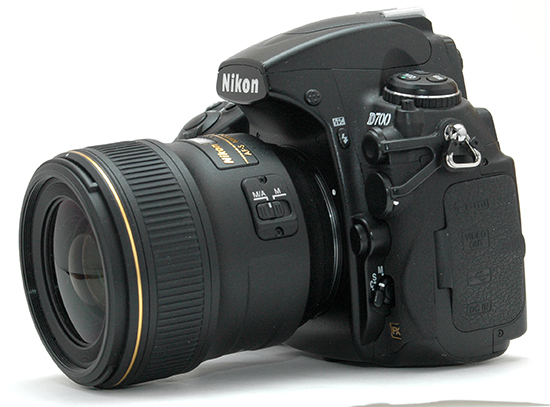
Tipping the scales at exactly 600 grams, the Nikon AF-S Nikkor 35mm f/1.4G is a lot heavier — and also bulkier — than either the afore-mentioned MF Nikkor 35mm f/1.4 or the slower AF Nikkor 35mm f/2D. Coupled to the Nikon D700, as seen in the photo above, the lens doesn’t look disproportionately huge, though.
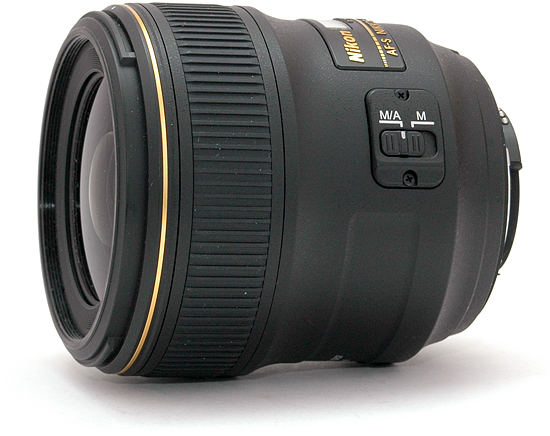
As you would expect from a lens that costs this much, build quality is very good. The lens feels solid in your hand, even if the outer barrel and the 67mm filter thread appear to be plastic. The focusing ring is wide, ridged and rubberised. As this is a G series lens, it has no aperture ring — no big deal unless you wanted to use it on a very old film body.
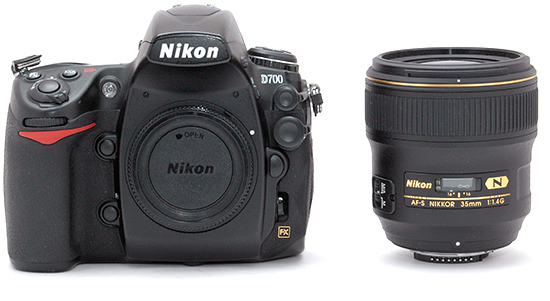 Alongside the Nikon D700
Alongside the Nikon D700
The lens features a distance scale complete with a DOF scale, although the latter is of extremely limited use, having markings for f/16 only.
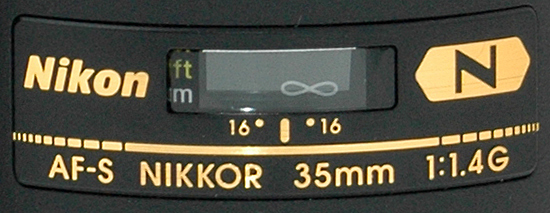 Distance scale
Distance scale
Since the AF-S Nikkor 35mm f/1.4 does not have Vibration Reduction or a focus limiter, the only control on the lens barrel is a focus mode switch with the usual M/A and M settings.
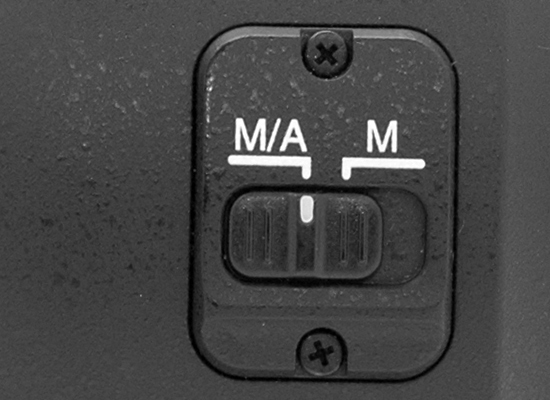
The Nikon AF-S 35mm f1.4G is sealed against dust and moisture, so it’s a great companion for similarly sealed bodies even when they are used in dusty locales or less-than-ideal weather conditions.
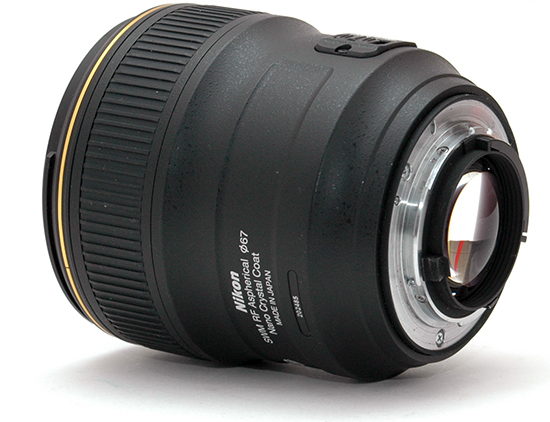 Rear of lens, isometric view. Note the rubber seal around the lens mount.
Rear of lens, isometric view. Note the rubber seal around the lens mount.
The lens ships with the dedicated HB-59 hood, but it was not provided to us for this test.
Auto-focus
The Nikon AF-S 35mm f1.4 lens features a Silent Wave Motor (SWM) that allows near-silent auto-focusing on all Nikon DSLR cameras. Importantly, this solution allows instant manual override even when the focus mode switch is in the M/A position. Focusing is fully internal, meaning the length of the lens always remains constant, and the front of the lens does not rotate on focus. This is good news for those who use polarisers or ND grads on a regular basis.
In use, we found the focusing to be indeed very-very quiet, and pretty fast — but not instantaneous -, with the lens mounted to a Nikon D700 body.
A note of warning: back- or front-focusing may occur with any SLR lens-body configuration, and an f/1.4 lens will show this mercilessly when used wide open. If your camera has AF fine tuning, it is well worth shooting a test target to determine how much — if any — micro adjustment is needed to compensate for any such issues.
On the D700 body provided for this test, the lens suffered from an extremely serious front-focus issue, which could not be resolved with menu-based AF fine tuning. For our sample images, we had to resort to manual focusing or contrast-detect auto-focus (LiveView “Tripod” mode). Note that we did not experience the same problem with the lens mounted to a Nikon D70 though, which underlines that front- and back-focusing issues are not solely lens-dependent.
Chromatic Aberrations
Lateral chromatic aberrations, typically seen as blue or purple fringes along contrasty edges, are very well controlled with this lens — the examples below show the worst-case scenario.
Longitudinal chromatic aberrations are more pronounced, with some green fringing evident in blurred backgrounds and magenta fringes sometimes appearing in out-of-focus foregrounds.
Light Fall-off
With the lens wide open, you can see some heavy light fall-off in the corners and along the frame edges. Stopping down helps, although to completely get rid of this phenomenon, you will need to use an f-stop of f/5.6 or smaller.

Macro
The Nikon 35mm f1.4 is not a macro lens. The closest focusing distance is 30cm, and Nikon quotes a maximum magnification of 1:5 for the lens. In our measurements, the actual magnification was fractionally greater at 1:4.9. The following example illustrates how close you can get to the subject, in this case a CompactFlash card.
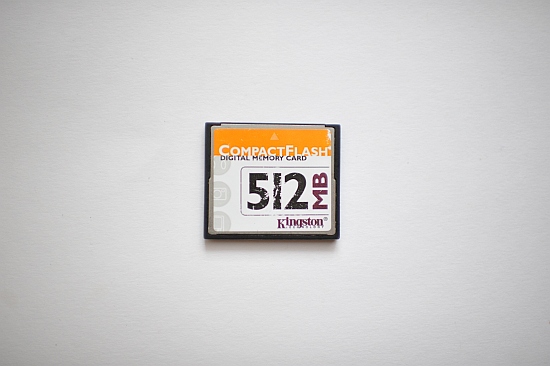 Close-up performance
Close-up performance
Bokeh Examples
Bokeh is a word used for the out-of-focus areas of a photograph, and is usually described in qualitative terms, such as smooth / creamy / harsh etc. One of the reason to buy a fast lens is to be able to isolate the subject from the background, which is normally very hard to do with a wide-angle lens. Nikon was apparently very much aware of this requirement, as they employed an iris diaphragm with 9 rounded blades for a pleasing rendering of the out-of-focus highlights. Based on what we have seen, we can say that they largely succeeded. Below you’ll find some examples, but you are also encouraged to check out our sample images.
Sharpness
In order to show you how sharp this lens is, we are providing 100% crops on the following page.
- Ease of Use
- Sharpness: 1
- Sample Images
- Lens Specs
- Rating & Conclusion
- Ease of Use
- Sharpness: 1
- Sample Images
- Lens Specs
- Rating & Conclusion
Основные характеристики объектива Nikon Nikkor 35mm 12.8 Ais
Фокусное расстояние: 35 мм
Диапазон диафрагмирования: f/ 2.8 — f/ 22
Количество лепестков диафрагмы: 7 штук
Длинна: 46 мм
Вес: 240 г
Диаметр под светофильтр: 52 мм
МДФ: 0,3 м
Конструктив и эргономика Nikon Nikkor 35mm 1:2.8 Ai/s
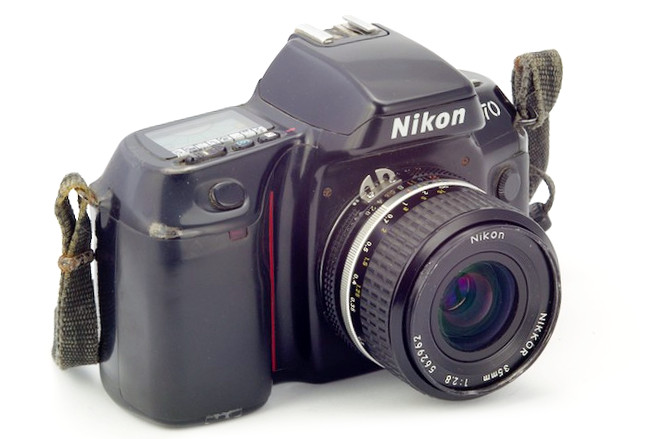
Объектив добротно собран. Металлическая оправа. Внешний вид на камере напоминает китовый объектив Nikon DX AF-S Nikkor 18-55mm 1:3.5-5.6GII ED.
Цифры, показывающие значения диафрагмы имеют разноцветные цифры, характерные для дизайна Nikkor Ai/s объективов.
Фокусировка Nikon Nikkor 35mm 1:2.8 Ai/s
Фокусироваться объективом удобно. Кольцо фокусировки прорезинено и вращается на 90 градусов. При этом передняя часть объектива выдвигается на 6 мм. Передняя линза не вращается.
МДФ составляет 0,3 м. Это неплохо.
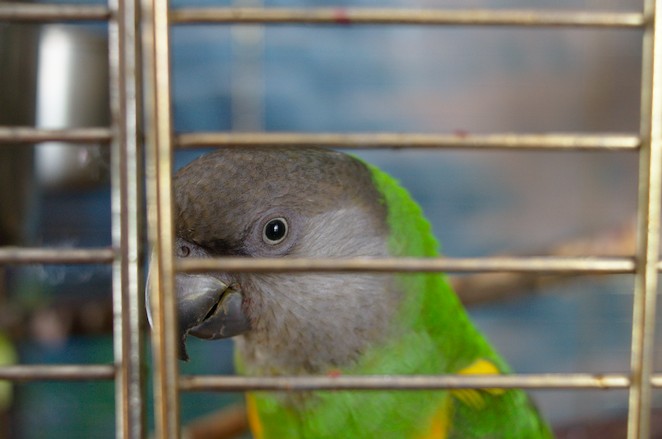
f/ 4 МДФ
Примеры, снятые объективом Nikon Nikkor 35mm 12.8 Ais
Далее все примеры сняты на камеру Nikon D3100 вывод из RAW с минимальной коррекцией экспозиции.
Резкость Nikon Nikkor 35mm 1:2.8 Ai/s
Резкость хорошая уже с открытой диарагмы. Хорошо исправлены сферические и хроматические аберрации. Их практически нет.
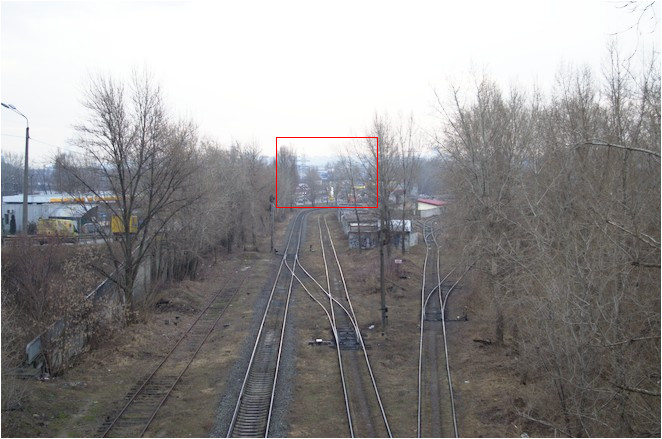
f/ 2.8 Пример резкости на бесконечности
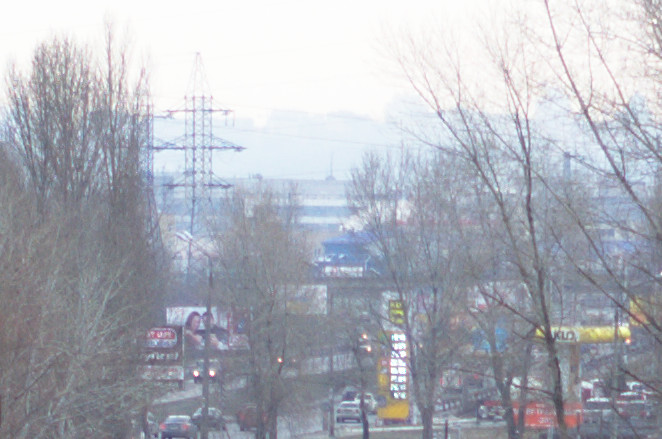
100% размер предыдущего снимка, разрешение матрицы 14 мегапикселей

f/ 2.8 Пример резкости на ближних дистанциях
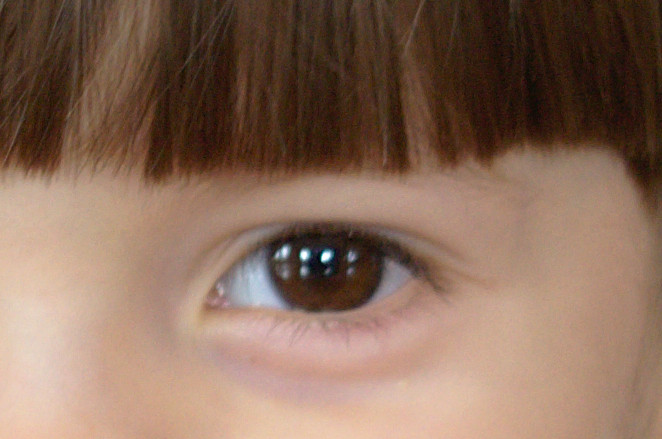
100% размер предыдущего кадра, разрешение матрицы 14 мегапикселей
Мне показалось, что в дальнем поле резкость лучше чем в ближнем. Хроматических аберраций на открытой я не заметил.
При прикрытии диафрагмы на один стоп, резкость уже достаточная для большинства сюжетов.
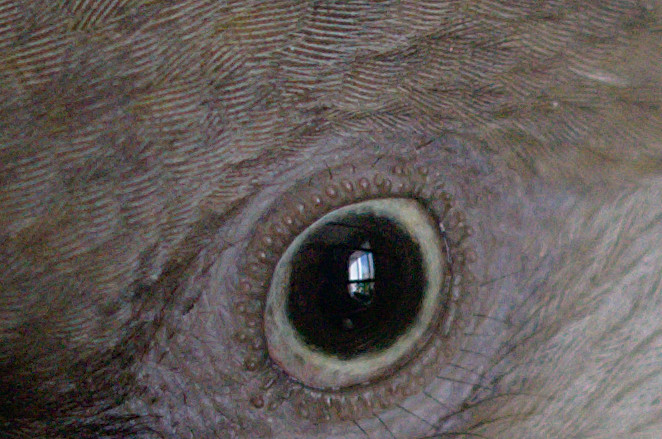
f/ 4 100% размер кадра с попугаем, разрешение матрицы 14 мегапикселей
Стоит отметить, что диафрагма закрывается только по целым стопам 2.8-4-5.6-8-11-16-22 и не имеет остановок на полстопах. Это не всегда удобно. Скажем закрыть диафрагму на f/ 3.5 не получится.
Рисунок и боке Nikon Nikkor 35mm 1:2.8 Ai/s
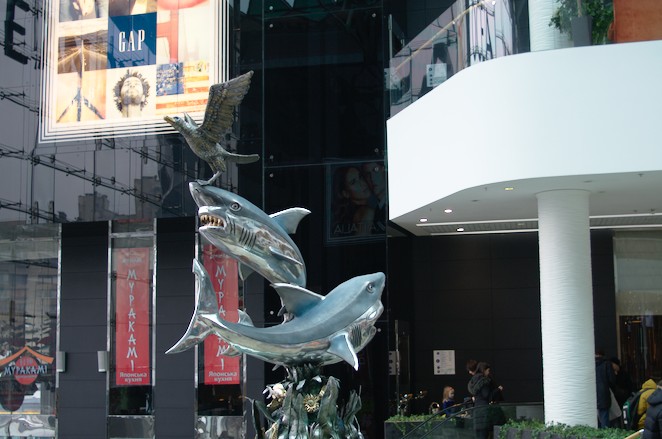
f/ 4
Каких-то характерных особенностей рисунка я не заметил. Объектив выдает приятный рисунок.

f/ 2.8
Боке, как для ширика неплохое. Можно заметить приятное размытие дальнего плана.

f/ 2.8
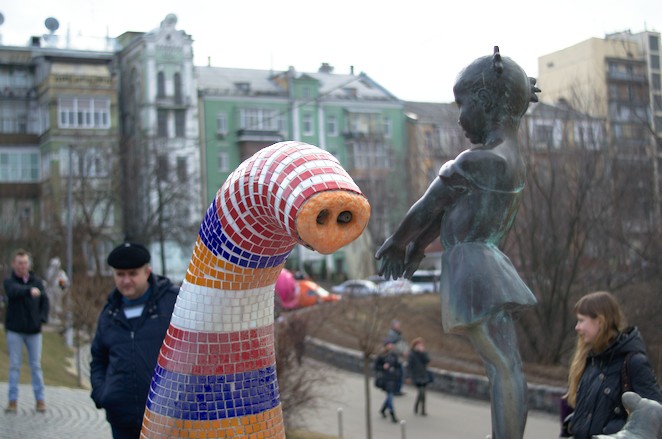
f/ 2.8
Приятная особенность, что объектив имеет 7 лепестков диафрагмы, это позволяет рисовать звезды с 14 лучами от точечных источников света.
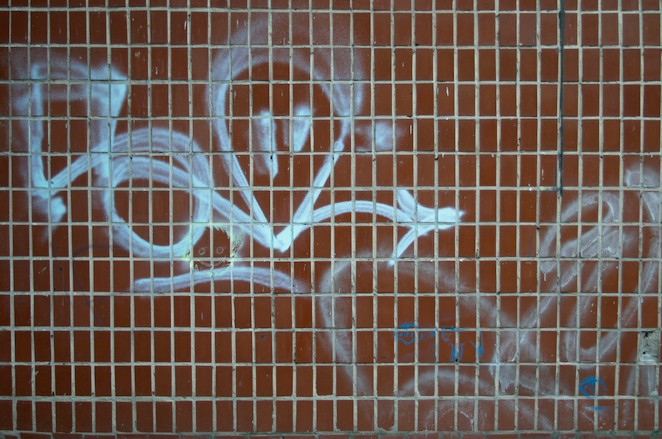
f/ 2.8 Пример дисторсии объектива. Расстояние до стены около 3 м.
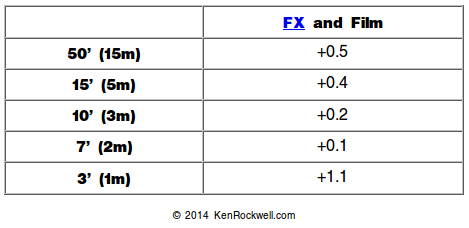
Характерной особенностью объектива является низкая дисторсия. На бесконечности она равняется +0.5%, а при расстоянии 2 м до объекта — всего +0.1%. При том, что нормой для объективов c фокусным расстоянием 35 мм считается ±2.5%. Это очень хорошие показатели.
Можно снимать портреты с расстояния 1 м и не бояться, что лицо будет искажено. Также это хорошо для съемки архитектуры и предметной съемки.
Контраст и цветопередача Nikon Nikkor 35mm 1:2.8 Ai/s

f/ 5.6
Объектив имеет хороший контраст. Прекрасно держит контровой и боковой свет. Не хуже чем современные объективы.
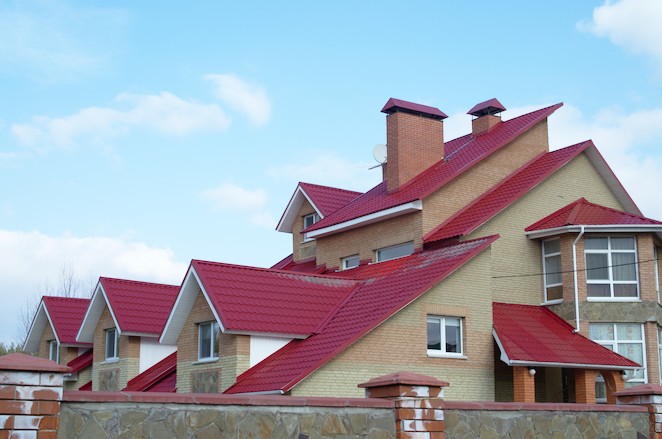
f/ 4
Каких-то больших отклонений в цветопередаче я не заметил. Единственно, что бросается в глаза, это назначительный провал в тенях. Может это особенности съемки, но этот вопрос еще требует проверки. Нужно больше примеров, чтобы вынести вердикт.
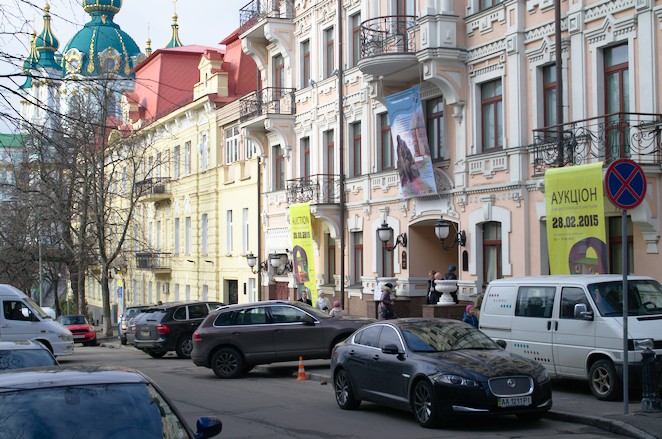
f/ 5.6
Пасмурная весенняя погода не позволила в полной мере провести тест. Надеюсь это исправить при ближайшей возможности.
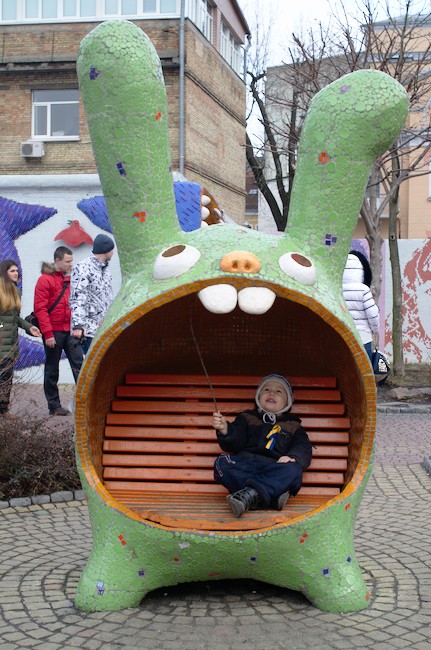
f/ 5.6
Выводы
Объектив Nikon Nikkor 35mm 1:2.8 Ai/s имеет хорошие показатели резкости и контраста. Интересен прежде всего низкой дисторсией, она меньше чем у более новых и дорогих моделей Nikkor 35 mm 1:2.
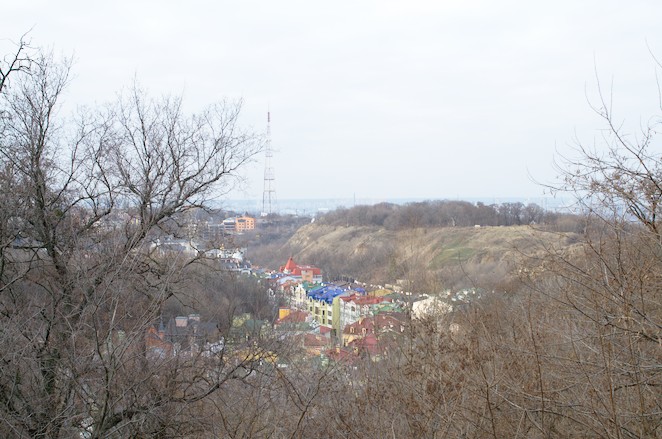
f/ 4
Также теоретически можно предположить, что поскольку он имеет максимальную диафрагму f/ 2.8, на более прикрытых диафрагмах дифракция будет наступать позже и на значениях f/ 11-16m для получения большой глубины резкости, он будет резче светосильных шириков с диафрагмой 1:2 и больше.
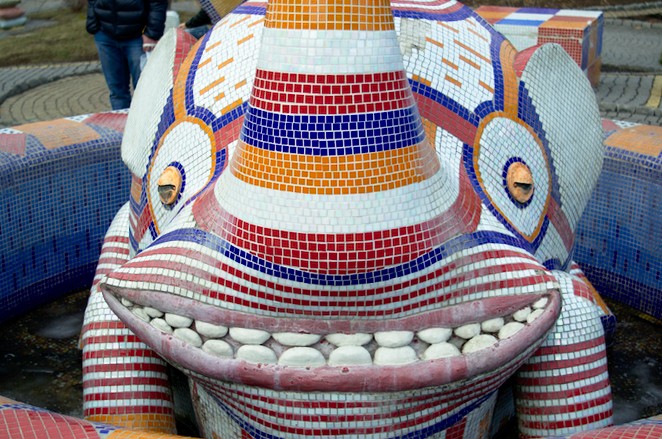
f/ 2.8
Если вам необходимо снимать архитектуру, живопись или крупную предметку, то этот объектив то, что надо. Я его приобрел специально для этих целей, поскольку последнее время сталкиваюсь с тем, что нужно снимать крупные предметы в ограниченном пространстве.
